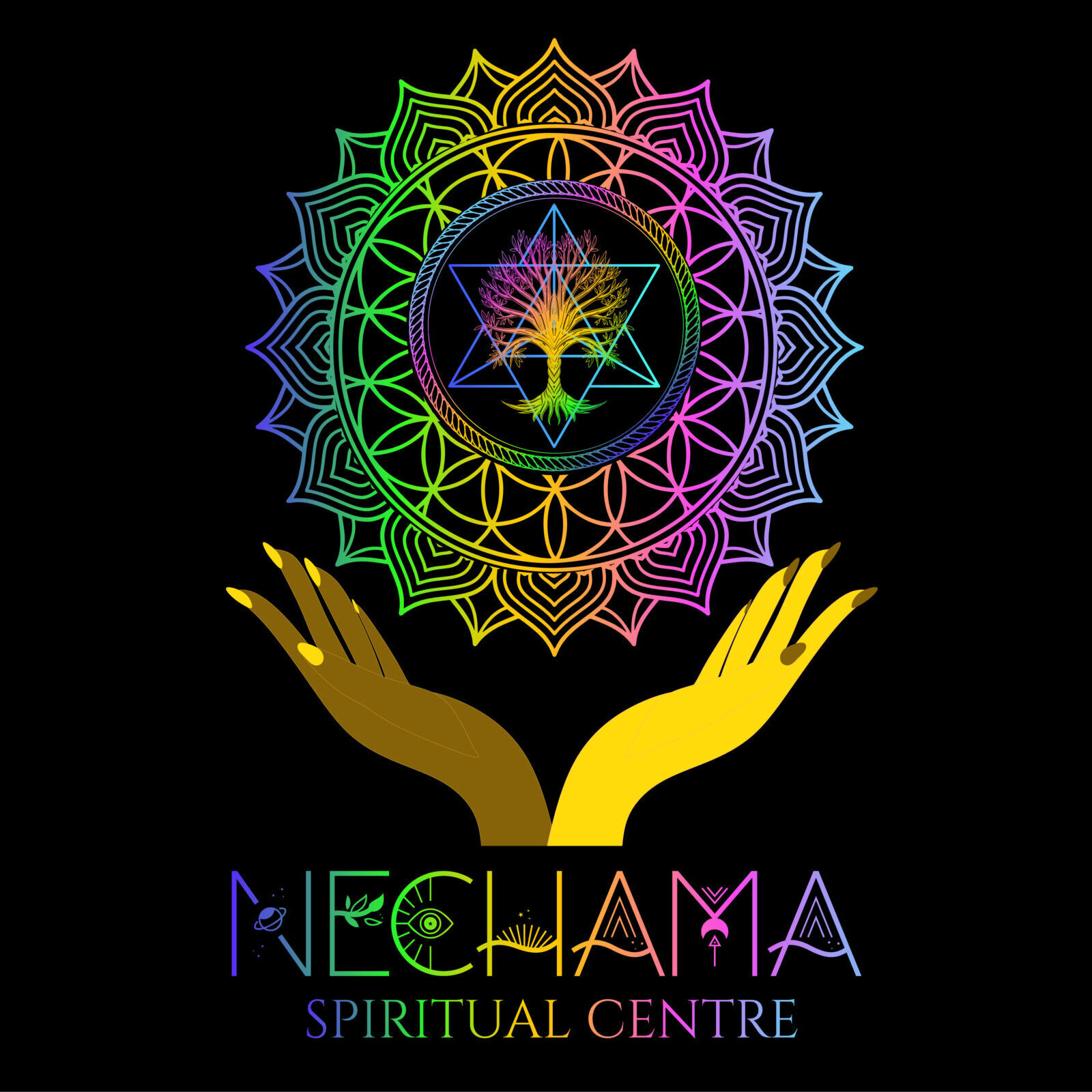The Power of Collective Consciousness: Why We Need Community to Thrive
The Invisible Thread That Connects Us
In an age where individuality is celebrated, it’s easy to forget that we are, at our core, interconnected beings. Science, spirituality, and ancient wisdom all point to the same truth—our thoughts, emotions, and actions ripple outward, shaping the world we experience. This invisible thread that binds us is what some call collective consciousness—the shared awareness that arises when people unite in intention and purpose.
More than ever, we need to tap into this power. Whether through a spiritual circle, a local gathering, or an online community, coming together with like-minded individuals has the potential to shift not just our personal lives but the course of humanity itself.
Strength in Unity: How Community Shapes Reality
Throughout history, great transformations have happened when people aligned their thoughts and energies toward a common goal. Movements for peace, justice, and progress were never the work of a single person but of many, joined in heart and mind. When we come together with a shared vision, we amplify our power exponentially.
- Spiritual traditions emphasize unity. In the Bible, Jesus teaches, “Where two or three are gathered in my name, there am I among them.” (Matthew 18:20)
- Science confirms it. Studies in quantum physics suggest that human consciousness can influence reality, particularly when focused collectively.
- History proves it. From Gandhi’s nonviolent resistance to the Civil Rights movement, we see that lasting change is forged through the power of many.
Being part of a conscious community is not just about support—it’s about co-creating a reality that uplifts everyone.
Healing Through Connection
There is something profoundly healing about knowing you are not alone. Studies show that people who have strong social ties live longer, experience less stress, and recover faster from illness. When we gather—whether in meditation, prayer, or simple shared experiences—we generate an energy field that nurtures, strengthens, and even heals.
This is why ancient cultures emphasized rituals, communal meals, and shared storytelling. These acts weren’t just traditions; they were ways to weave individuals into the fabric of something greater, reinforcing a sense of belonging and purpose.
In modern times, we can see the same principle at work in support groups, mindfulness circles, and humanitarian efforts. A community is not just a gathering—it is a living, breathing network of shared energy that holds space for each individual’s growth and healing.
Manifesting a Better World Together
The world is in a pivotal moment of change. Every day, we are given the choice to either live in isolation or step into the power of collective intention. Imagine if millions of people focused their thoughts on peace, healing, and unity. What could shift?
The Zohar, one of the central texts of Kabbalah, states:
“When many join together in unity, the Divine presence dwells among them, and they have the power to transform the world.” (Zohar 3:126a)
Every intention we set ripples through the field of consciousness, affecting not only ourselves but the world around us. When people meditate on global peace, their synchronized energy can reduce conflict and increase harmony. When communities pray for healing, miracles unfold. When groups commit to change, entire systems shift. This is the power we hold together.
The Illusion of Separation
One of the greatest illusions of our time is the belief that we are separate. Modern life often reinforces isolation—technology, urban living, and social expectations can make us feel disconnected. But beneath these surface divisions, we are part of something greater. The air we breathe, the thoughts we share, and the emotions we radiate create a field of connection that extends beyond our immediate perception.
Many indigenous cultures understand this truth deeply. The Lakota Sioux have a saying, “Mitakuye Oyasin”—which means “All my relations” or “We are all related.” This is not just a poetic idea; it is a lived reality. What we do to others, we do to ourselves. What we nurture in our communities, we nurture in our own souls.
Finding Your Tribe: Where to Begin
If you feel the call to connect but aren’t sure where to start, here are a few ideas:
- Join a meditation or spiritual group that aligns with your beliefs.
- Attend community gatherings, retreats, or workshops focused on personal and collective growth.
- Engage in service—volunteer for causes that resonate with your heart.
- Start a local or online group for discussions, shared practices, or simply mutual encouragement.
- Practice intentional gathering—invite friends and family for meaningful conversations, shared meals, or healing rituals.
The journey toward collective awakening begins with a single step—reaching out, showing up, and opening yourself to the power of unity.
You Are Not Alone—We Are One
The idea that we are separate is an illusion. The more we embrace community, the more we recognize the deep truth that your growth is my growth, your healing is my healing, and together, we create a world of love, strength, and transformation.
Imagine a world where we support each other’s dreams, where kindness replaces competition, where love outweighs fear. This world is not just possible—it is waiting to be created. And it begins with us.
Are you ready to step into the power of collective consciousness? Find your community, nurture it, and watch the world shift.





